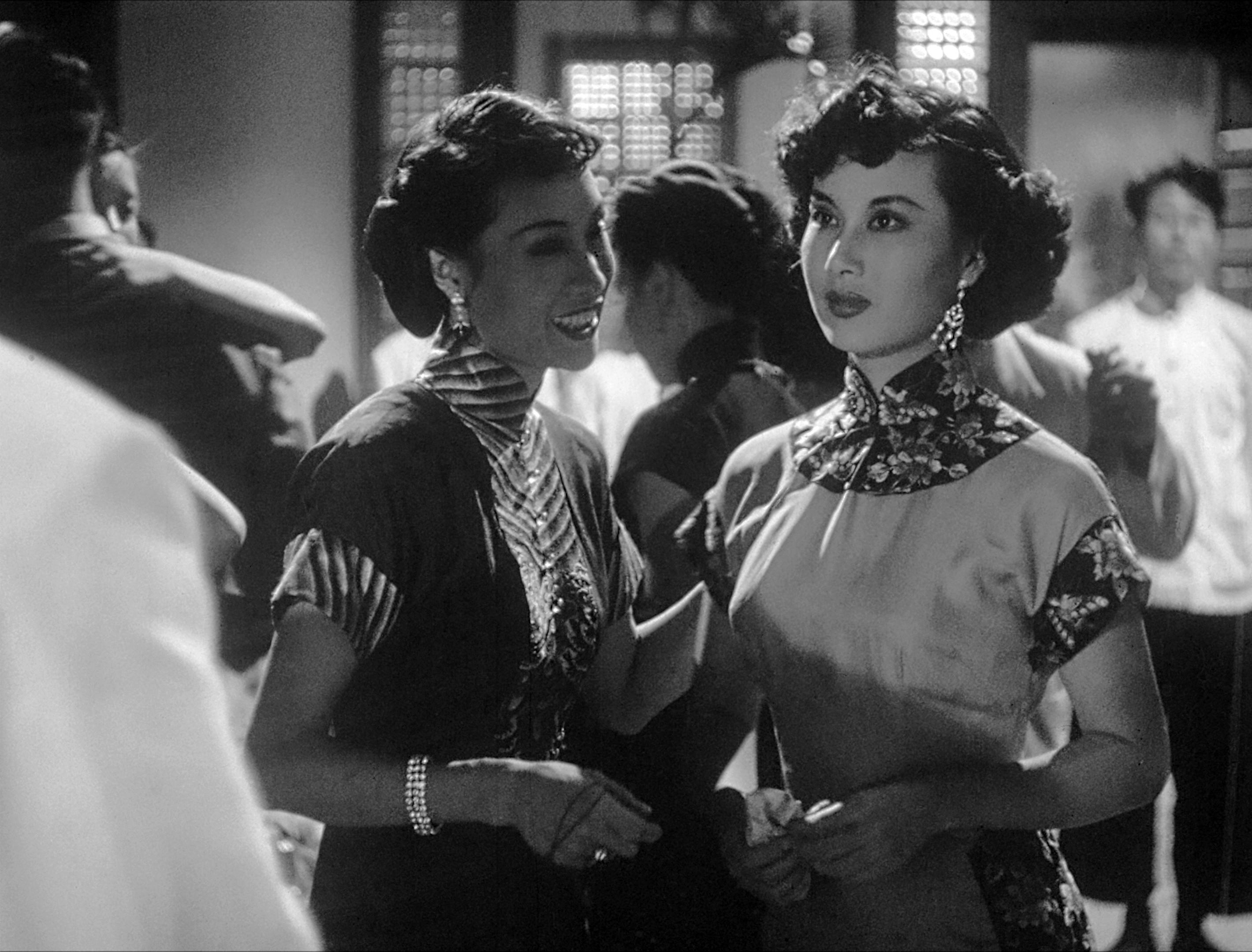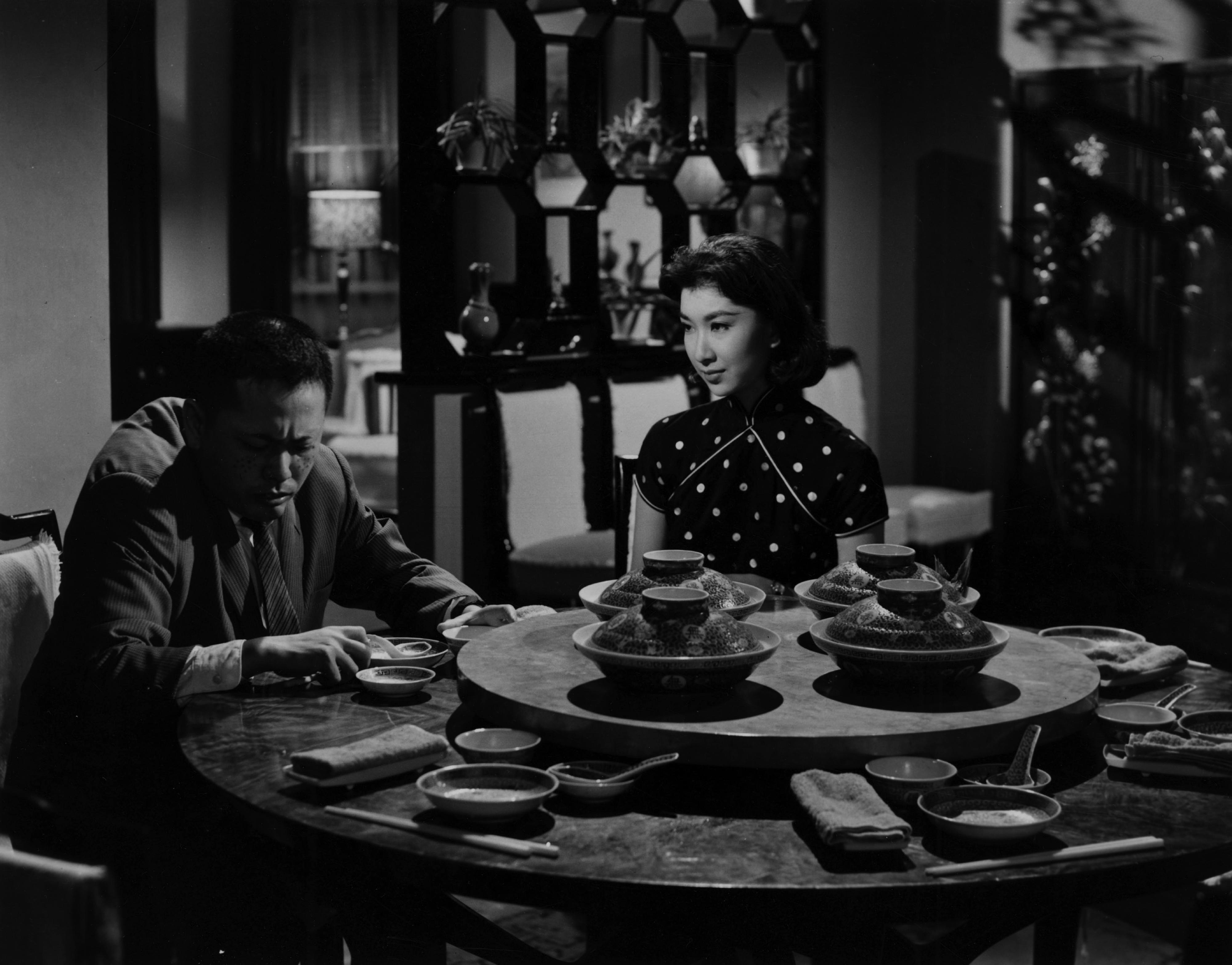Following is a question by Dr the Hon Lo Wai-kwok and a written reply by the Secretary for Transport and Logistics, Mr Lam Sai-hung, in the Legislative Council today (December 13):
Question:
There are views pointing out that for the MTR Corporation Limited (MTRCL), one of the reasons for the occurrence of train incidents from time to time in recent years is manpower shortage, and it has been reported that the industry is currently short of manpower by at least 30 per cent which involves job types such as station operation, station service and train maintenance. In this connection, will the Government inform this Council:
(1) given that the Government is the majority shareholder of MTRCL and there are official representatives serving on the Board of Directors of MTRCL, whether the Government has motivated MTRCL to improve the working environment and remuneration packages of the relevant job types, so as to retain talents and attract more new blood to join the industry; if so, of the details; if not, the reasons for that;
(2) given that the 2023 Policy Address has proposed to implement two new railway projects, and that a number of railways put forward by the Government in the Railway Development Strategy 2014 have yet to be implemented and constructed, whether the authorities have accurately assessed and projected the future demand for railway talents, as well as formulated corresponding education and training plans; if so, of the details; if not, the reasons for that; and
(3) given that railway operation involves different professional skills, whether the authorities will discuss with the industry the establishment of a professional training system, improvement of the qualifications framework and building up of a professional development ladder, so as to attract new blood to join the industry and continuously enrich the local railway talent pool; if so, of the details; if not, the reasons for that?
Reply:
President,
It is the top priority of the MTR Corporation Limited (MTRCL) to provide safe, reliable and efficient railway services to the people of Hong Kong. With the expansion of the railway network and the increase in patronage, the Government has been motivating the MTRCL to put in resources to support railway operations, with a view to providing Hong Kong with high quality railway services.
In consultation with the Education Bureau and the MTRCL, my reply to the question raised by Dr the Hon Lo Wai-kwok is as follows.
Employees are important assets of the MTRCL and the cornerstone of Hong Kong's safe and efficient railway system. The MTRCL has made proactive efforts in increasing the establishment of staff for railway services and maintenance to meet operational needs. Nevertheless, staff recruitment has indeed been challenging in recent years. The Government has been closely monitoring the manpower situation of the MTRCL, as well as its staff recruitment and retention measures. To trawl for talents, the MTRCL has been taking various actions, including holding recruitment days in different communities, offering half-time job positions, as well as launching the Employee Referral Programme and the Joining Bonus Programme. In respect of job positions with keen competition for talents, pay level surveys are conducted to make special salary adjustments as necessary to maintain market competitiveness. Other measures, such as family-friendly initiatives, continuous staff training and policy review on deferred retirement, are also taken to attract and retain talents.
In addition to proactive recruitment of staff, the Government has been encouraging the MTRCL to adopt innovative technologies, such as real-time monitoring technologies, artificial intelligence (AI), data monitoring and early warning, etc, with a view to enhancing the operation and maintenance efficiency and railway safety, while achieving more effective deployment of manpower resources and facilitating the development of Hong Kong into a smart city. On railway projects, the Government has been promoting the adoption of advanced technologies, such as Building Information Modelling, digital site supervision, Design for Manufacturing and Assembling, Multi-trade Integrated Mechanical, Electrical and Plumbing, and the adoption of robots and AI to more effectively utilise manpower resources and uplift productivity.
On staff training, the MTRCL has been providing different types of training for staff to equip them with the relevant knowledge and skills for serving the public, and for maintaining a safe and smooth railway operation. All frontline staff supporting the railway services are provided with systematic induction and on-the-job training, while operating staff are arranged to take refresher courses regularly to acquire and reinforce knowledge of safety management and incident handling. The MTRCL also reviews and modifies its training materials on a regular basis.
To nurture a new generation of talents to support the extension of railway network and continuous enhancement of railway assets, the Mass Transit Railway Corporation (predecessor of the MTRCL) has been implementing the Apprentice Training Scheme since 1978. The apprentices have to complete a systematic on-the-job training programme, including training on professional railway systems maintenance, workshop safety and practical training, virtual reality and mixed reality exercises, rotational on-the-job training, as well as in-depth maintenance training in designated departments, before joining the MTRCL's maintenance team. Apprentices who have completed all the training are issued a widely recognised Certificate of Completion of Apprenticeship, which will facilitate their acquisition of professional qualifications and licences in future. The MTRCL also gives full sponsorship for apprentices to attend designated programmes provided by the Vocational Training Council to acquire recognised academic qualifications. In particular, craft apprentices are awarded the Diploma in Railway Maintenance recognised under the Qualifications Framework upon passing the associated assessment. The MTRCL has been actively increasing the annual quota for apprenticeship in recent years. Currently, there are about 330 apprentices and technician associates under training.
In light of the growing demand for railway-related professionals, the MTRCL established the MTR Academy (MTRA) in 2016, leveraging its extensive expertise and experience from almost 45 years of railway operations to nurture more high-quality railway professionals. Currently, apart from offering advanced diploma and diploma programmes accredited by the Hong Kong Council for Accreditation of Academic and Vocational Qualifications and recognised under the Qualifications Framework, the MTRA also supports the Hong Kong College of Technology in providing an Applied Learning programme in Railway Studies. The programme is an elective of the senior secondary school curriculum. It aims to enhance students' awareness and interest in railway development by introducing to them the knowledge of railway safety, technology and operation, as well as the responsibilities, skill sets and qualifications required for various positions in the railway industry. The MTRA will continue to attract local young people into the railway industry through its promotional activities to showcase the diverse career opportunities and promotion prospects in the trade to secondary students, parents, school principals, career mentors and various student groups, such as non-Chinese speaking students and students with special educational needs.
Railway is an important part of public transport in Hong Kong, and the Government attaches great importance to the development and operation of railways. As the major shareholder of the MTRCL, the Government has been ensuring through the Board of Directors that the governance and strategies of the MTRCL are up-to-date, including requesting the MTRCL to devote sufficient resources to maintain railway safety and reliability. The Government will continue to motivate the MTRCL to keep up its multi-pronged efforts mentioned above in expanding the local railway talent pool, and attracting and retaining talents with opportunities of professional development and career progression.


